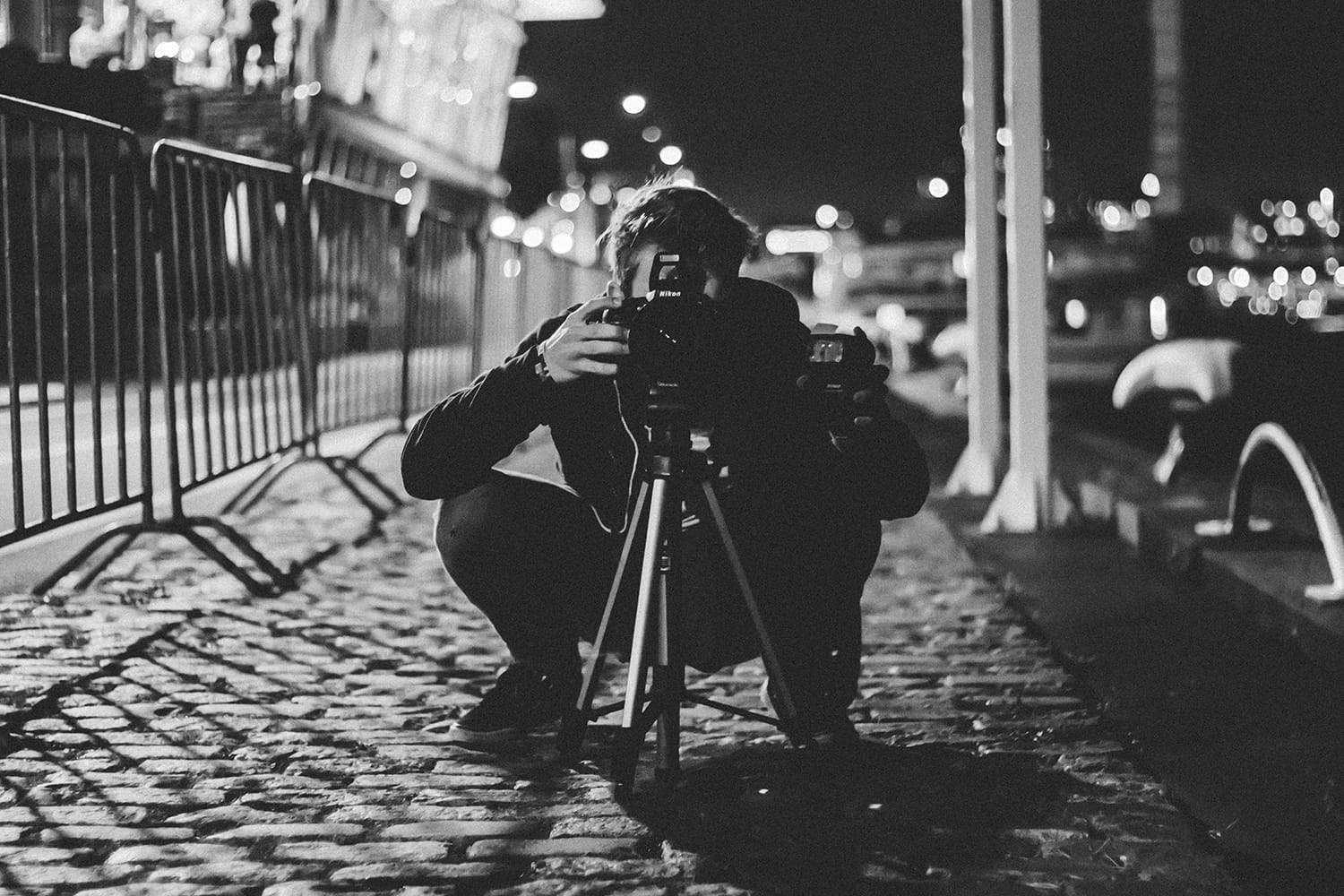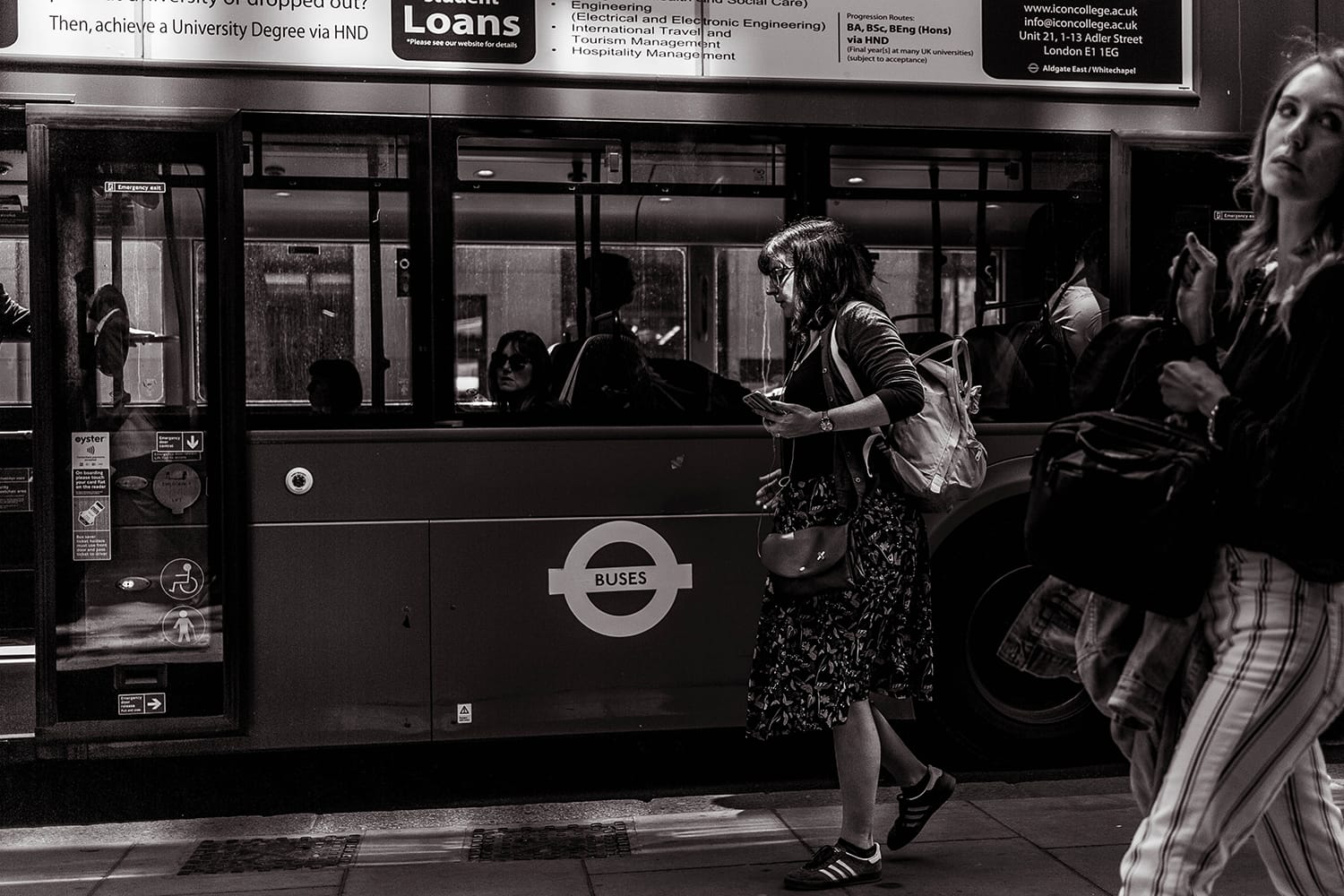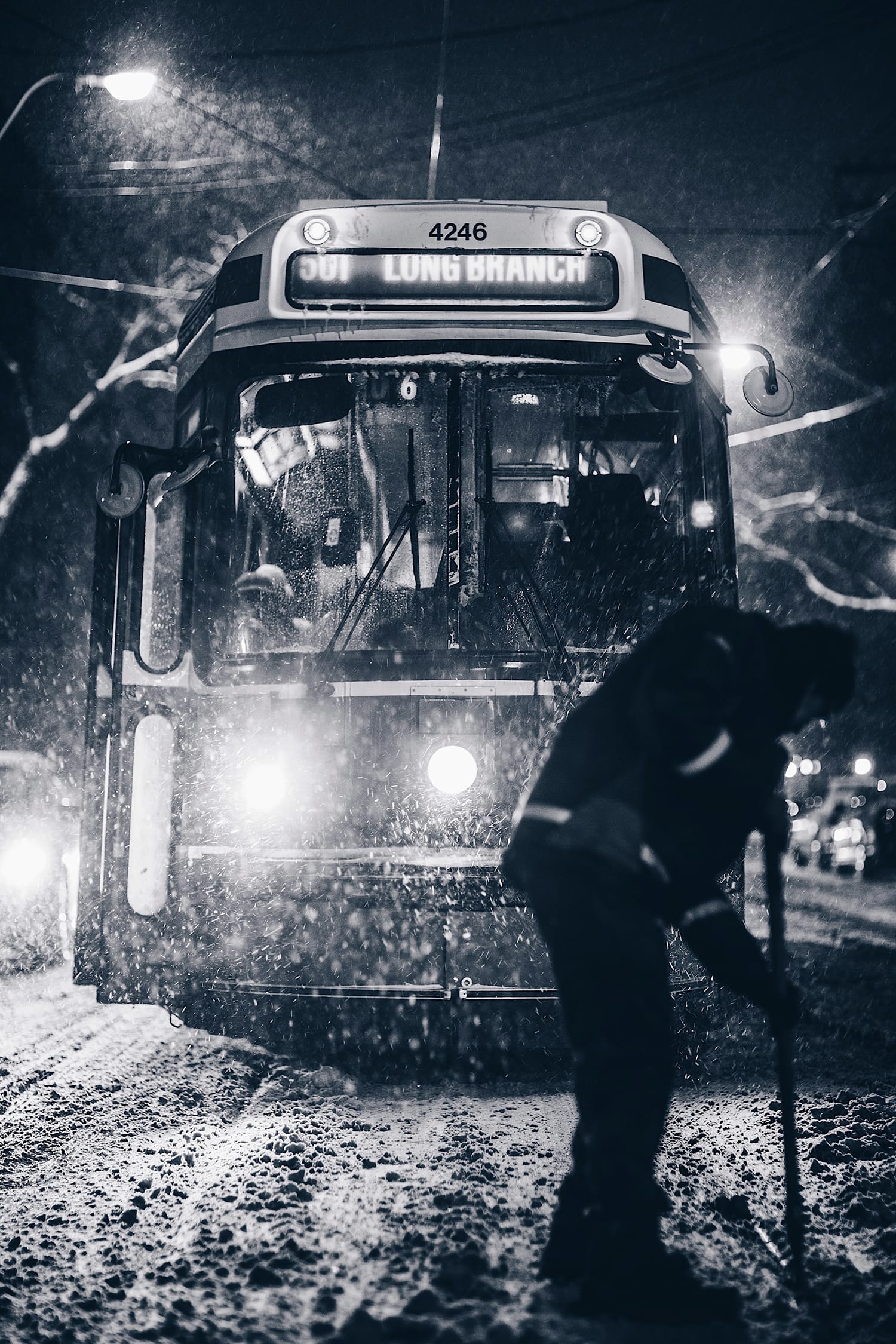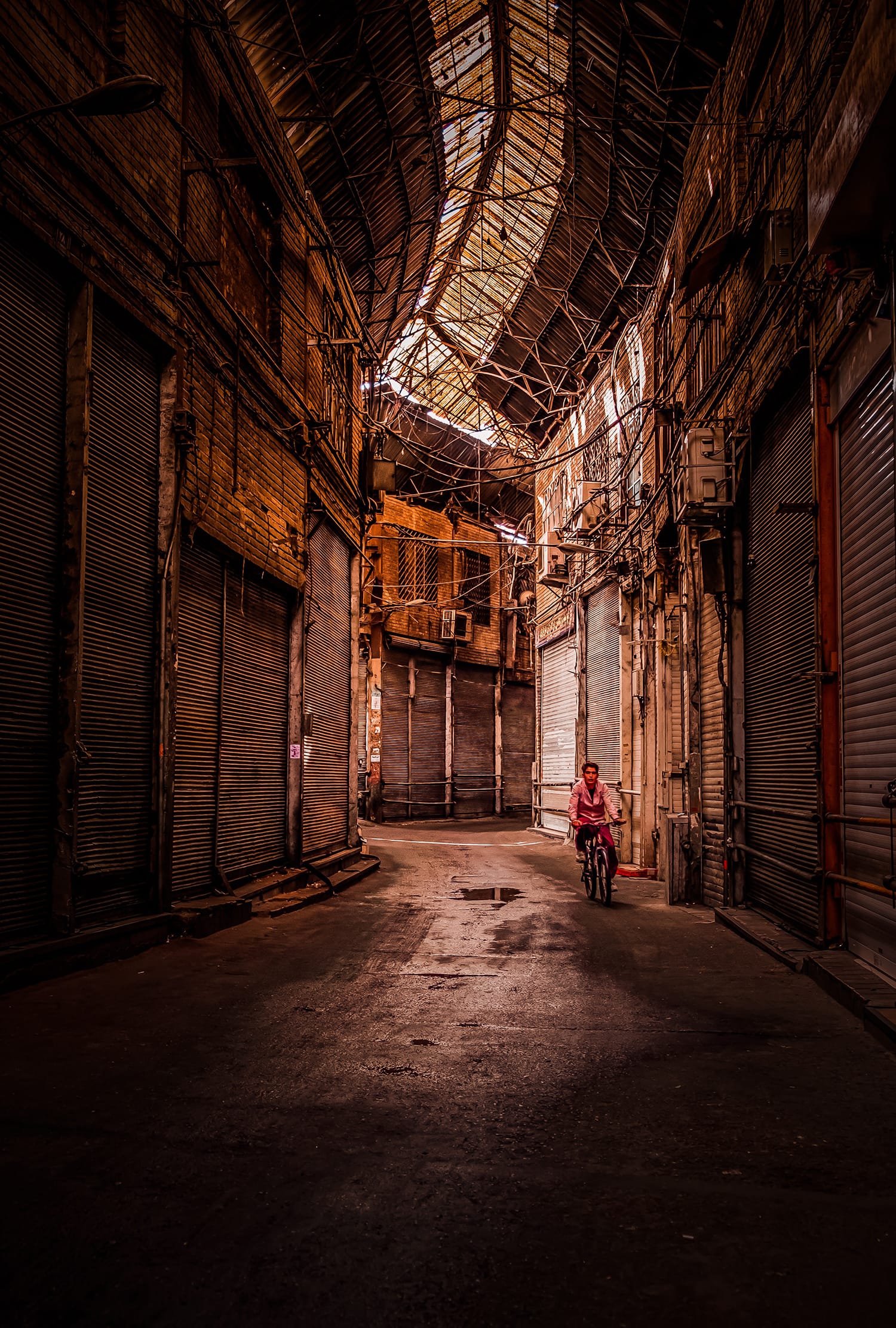The Decisive Moment: What It Is and Why It’s Important in Photography
Photography, particularly street photography, is an art form.
And like any art form, success is found by capturing something deeper, an essence, a meaning, something visceral and emotive, something real and complete.
A photographer does not just point and shoot willy-nilly; many of us aim to capture what is referred to as the decisive moment.
This is where a visually pleasing image is combined with deeper meaning by capturing the very essence of what was happening when the shutter is pressed.
It is the difference between taking nice-looking pictures and perfectly capturing genuine moments of action, emotion, and meaning.

When the decisive moment is captured in a picture, people tend to stop and study the image, extracting the wealth of information expressed in the art form.
“The photograph itself doesn’t interest me. I want only to capture a minute part of reality”. –Henri Cartier-Bresson
The decisive moment is a concept popularized by the famed French street photographer and photojournalist Henri Cartier-Bresson. Throughout the 20th century, as smaller, more mobile cameras became available to photographers, the possibility of capturing real, unstaged, and genuinely honest pieces of life lead Henri Cartier-Bresson to build on the concept of the decisive moment.
And even though this concept has emerged from street photography, it can be employed in every other genre.
With every movement and moment, be it someone walking down the street, a baseball being caught, or two lovers saying goodbye at an airport, there will always be a split-second that encapsulates the entire scene’s meaning.
Too early or too late and it is missed. These decisive moments are always popping into existence before disappearing.
The following strategies and tips have been employed by Henri Cartier-Bresson as well as more recent photographers around the world.

Timing and Anticipation
I would first recommend that photographers pay close attention to the timing of a scene and practice their anticipation skills. If you see the decisive moment and you are not ready, it will be gone by the time you have adjusted yourself and pointed the camera.
Get to know your subjects, their movements, and their behaviours to anticipate and predict when a decisive moment is coming. The more you practice this, the better your anticipation skills will become.
Composition
Obviously, timing and anticipation alone are not enough. You have to have found the right composition in your environment and background. The scene has to have the correct light exposure, which is reliant on the time of day. Other elements in your scene are going to need to provide a focus towards the specific moment, movement, and general expression that is going to create the decisive moment.
Think of this as being the frame for the decisive moment.

Patience and Intuition
One technique that many photographers employ is setting themselves in an environment with the right composition, waiting for a subject to walk by. For example: You can wait near a busy intersection or sidewalk with the proper light exposure and background and watch pedestrians walk past.
You will eventually witness many decisive moments, like how a couple looks at each other while holding hands, or a child’s bubbling fascination in something mundane. You might see the kindness of strangers, bravery, fear, anything that captures a perfect moment of expression and meaning. Studying scenes like this and practicing predicting what comes next builds your intuition for knowing when the moment will arrive and when you should take the shot.
Meaning and Emotion
At the core of any photograph, the meaning separates an amazing (but meaningless) image from a truly decisive moment. Making sure that there is a meaningful element in your frame, one that makes a statement or inspires and expresses a core emotion, is the crux of the decisive moment.
Meaning is best found in actions, and meaningful action occurs all around us every day. Even without my camera, I find myself studying the people and places around me to focus on what meanings I want to capture.
Consider what you find meaningful in your own life and experience, as this can be the easiest to identify. You can consider what other people find meaningful, be it a stranger on the train or someone in a café. Meaning is everywhere, and with practice, we can anticipate where it can be found. Everyday scenarios and emotional moments, like those at weddings, are a couple of examples.

Play with Motion in Your Images
Because decisive moments are found in movement and action, I find that playing around with the portrayal of motion in images to be an amazing way of capturing the energy and pace of the subject. You can do this by using fast or slow shutter speeds.
Fast shutter speeds stop motion dead in its tracks, allowing for better focus to be placed on minute details, but using a slower shutter speed can show the range of movement, capturing it in slow-mo and letting us savor it. These two approaches are both useful, and I recommend that you practice using both to control and capture different aspects of a scene.

Landscape Photography
So far, we have looked at the decisive moment, mainly in street photography, but it has its place in landscape photography as well. You will need to find the right composition in the environment, such as the time of day and lighting, cloud patterns, weather, etc. Your subject is the environment, so finding when in the day/week/month/year it looks its best serves as the timing and anticipation part.
Then, observe what forms of meaning are happening and find the decisive moment, like the perfect sunset or sunrise.
For beginners, or anyone who is practicing Henri Cartier-Bresson’s decisive moment approach, you can practice finding that perfect moment by using a continuous shutter setting. I am not a fan of the “spray and pray” approach. However, it serves as a great learning exercise. If you see a decisive moment approaching, snap a selection of shots.
Then, you can go through those snaps until you find the one that captured the scene. Study the pictures both before and after the “moment” and ask yourself, “why was that one, in particular, the best of the lot?”
This also allows you to see the build-up to the decisive moment and to better recognize when it’s about to happen.
